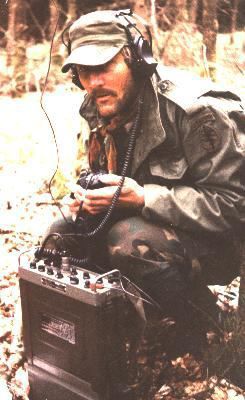 Most folks don’t realize that international Morse Code (IMC) is a very early form of binary communications; Dits and Dahs or ones and zeros.
Most folks don’t realize that international Morse Code (IMC) is a very early form of binary communications; Dits and Dahs or ones and zeros.
All Amateur (Ham) license holders before 2007 and every Special Forces 18E (Communications NCO) before 2002 were required to learn IMC. Why? Because prior to Satellite communications and the advent of some of the newer software based data transmission methods now available, it was the preferred method of making reliable long haul HF Communications. IMC is more reliable by magnitudes than voice communications across the HF spectrum. It still remains, in my opinion, THE method requiring the least amount of fragile (breakable) equipment. Since the code requirements have been dropped on the civilian side, very few ham operators are willing to invest the time to learn a new language (IMC). In my day, most 18Es could send and receive Morse at 18-5 letter groups-per-minute (GPM) . I knew some that could regularly tap out 24 GPM with a leg key. But comms guys, being the techno geeks they are, were soon experimenting with ways to speed up the method of delivery. More speed meant less chance of intercept and DF. But more importantly, it meant less time someone had to crank that damned G-76 generator.


